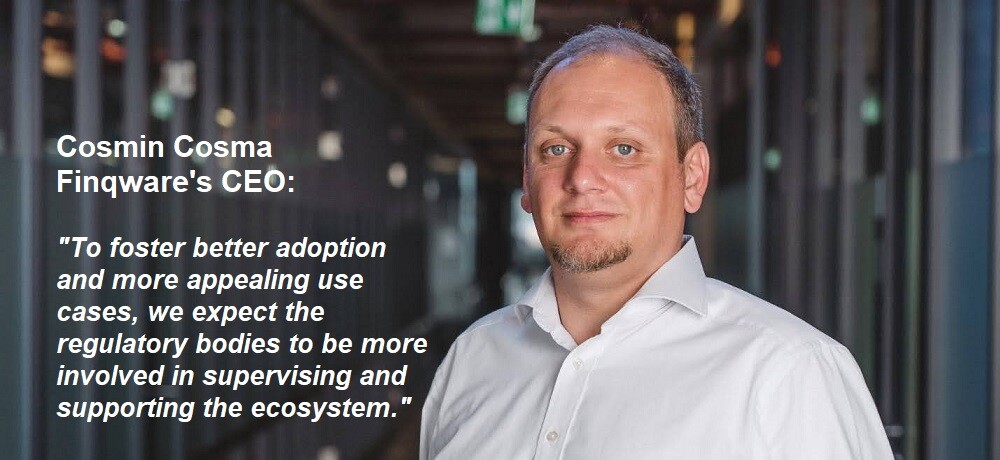In an interview with ThePaypers, Cosmin Cosma, Finqware’s CEO, shares insights on Open Banking’s presence in CEE, its struggles, benefits, and use cases, along with how banks react to this new environment.
The state of affairs of Open Banking in Romania (or CEE region)
Currently, Romania, like most other countries in the CEE, is facing a growing but still low level of Open Banking services adoption, as compared to more advanced countries. In the UK, for instance, they claim to have reached 2 million users already circulating their data through Open Banking APIs.
In our region, we are still struggling between a lack of very relevant use cases and the banks’ APIs capacity to provide a frictionless experience and access to consistent data.
Largest banks already understand they need to comply with the PSD2 regulation and they are now starting to understand that people who trust them expect to start benefiting from this regulation. So, banks started promoting Open Banking themselves. They overcame the reluctancy phase and they are now actively looking for the most competitive and creative innovation partners to embed Open Banking into their customer experience or products.
To foster better adoption and more appealing use cases, we expect the regulatory bodies to be more involved in supervising and supporting the ecosystem. EBA has released a set of technical standards imposing a certain level of security but also provided a set of recommendations regarding the avoidance of unnecessary user frictions that may occur when implementing the security constraints.
We are constantly raising these aspects in our relationship with the banks and they are quite receptive in taking our feedback and improving their APIs. The same approach should be taken by the National Banks in the relationship with the commercial banks. They should also encourage new fintech players entering the Open Banking area by granting more PSD2 licences.
Relevant use cases of Open Banking
We see three main areas of Open Banking value propositions:
Financial Convenience – means making financial decisions and management to be more accurate, based on data availability and visualisation. On the consumer side, banks like ING Bank Slaski in Poland made multibanking available to their customers in their mobile application. A similar implementation can be seen on the Neo digital banking app of Banca Transilvania in Romania, powered by our Finqware aggregator.
Better Risk Management – financial data availability in aggregated and normalised format opens the door to a suite of solutions to be used in creditworthiness decisions. Verticals like banking, insurance, telecom are the first potential customers to step in for leveraging the data secretly kept in the old times by banks. Banks themselves are the first to get value by using structured data from other banks in their risk decisions for their customers. We already started to implement projects to showcase our capabilities for this value road with OTP Bank Croatia, in a POC project for income recognition, during the 2020 Spring pandemic lockdown.
Data-Driven Optimisation – Programmatic access, enrichment, and manipulation of data, together with payment initiation capabilities are to be the paramount fundamentals for many automation processes. For companies, integrating the capabilities of account information and payment initiation can provide an automated flow for intra-group cash balancing and optimisation.
For more details follow the link:
The state of Open Banking in Central and Eastern Europe – Finqware interview
